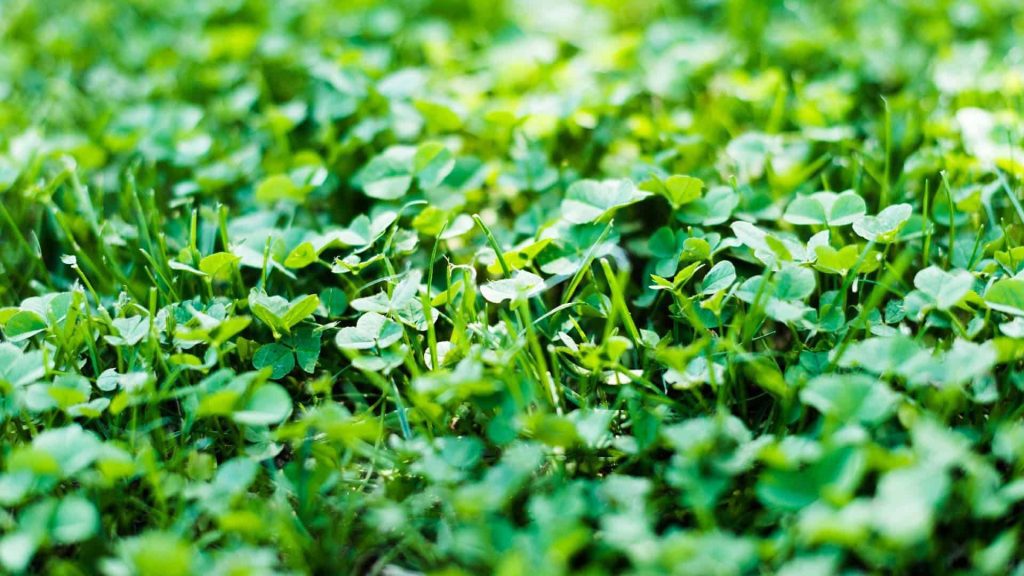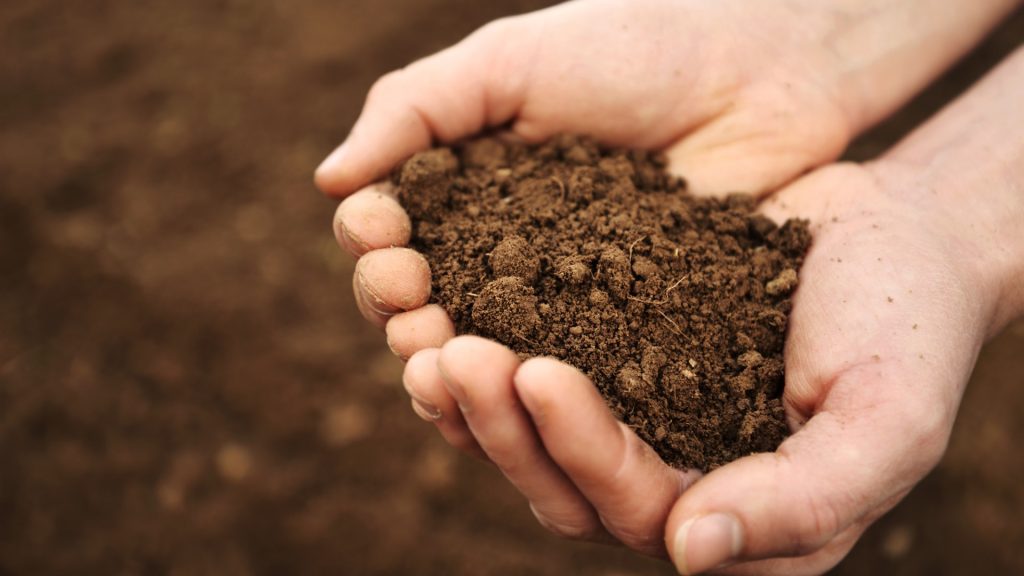
What Is Topsoil Used For?
If you’re trying to grow healthier plants or a greener lawn, you might have heard that topsoil can come in handy. This soil is praised for improving soil drainage and aeration.
But what is topsoil, exactly? As its name suggests, topsoil is the top layer of soil in a garden or field. It’s essentially the most productive section of soil.
Topsoil consists of clay, silt, and sand in varying proportions. Here’s what to know about the different types of topsoil.
Types Of Topsoil
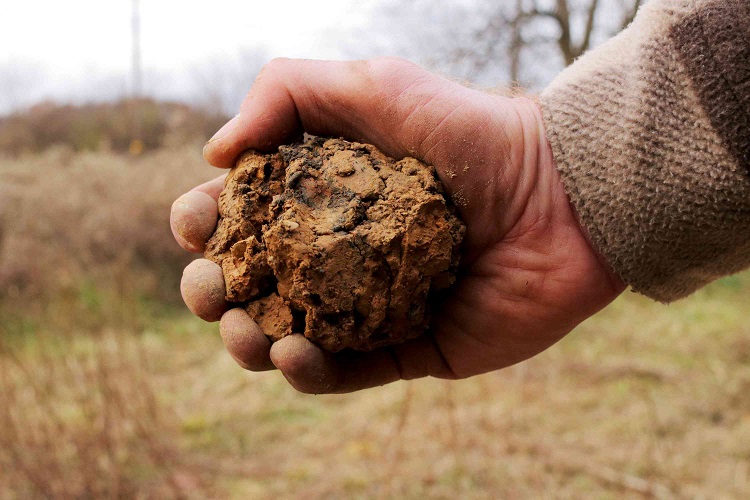
There are different types of topsoil. These include the following:
- Clay: This type of soil remains cold and wet in the winter and it dries out during the hot months. Some clay soils are thick so they are used for making clay pottery. Clay soils don’t have effective aeration and drainage, so they can be difficult to dig into when used for gardening. You will have to adjust your clay soil to make it ideal for growing plants.
- Sand: This type of soil is low in nutrient value but it’s lightweight so it works well when mixed with other heavier soils to enhance its texture.
- Silt: Silt is finely-textured soil that holds onto moisture well. It’s rich in nutrients and has a neutral pH.
- Loam: Loam is a combination of silt, clay, and sand. It’s rich in organic matter and has an excellent texture for planting. It also drains well.
- Chalk: Chalky soil is porous and has a large amount of calcium carbonate and limestone. This is very high in alkaline, so it will require adjustments if you want to use it in gardening.
What Is Topsoil Used For?
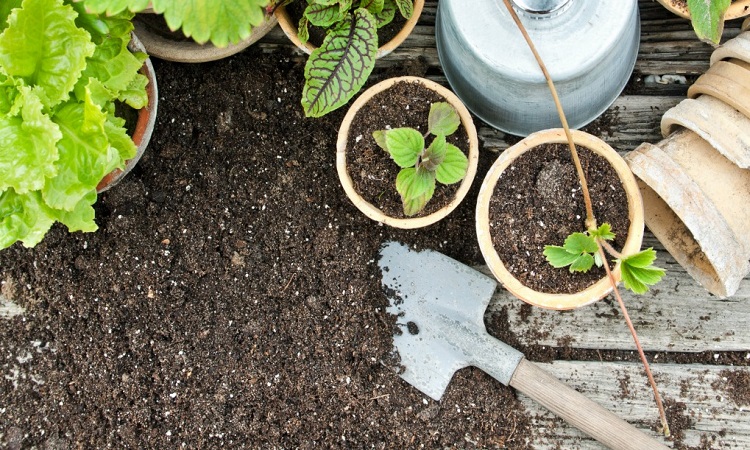
You can use topsoil in a variety of ways. These include:
- Giving plants nutrients so that they can thrive.
- Correcting soil issues such as incorrect pH levels.
- Improving the soil’s drainage. For example, blended topsoil, such as sand and organic matter, works effectively at enhancing soil drainage.
- Dressing damaged areas of the garden, such as to fill bare spots or areas of high traffic.
How To Figure Out What Topsoil You Need
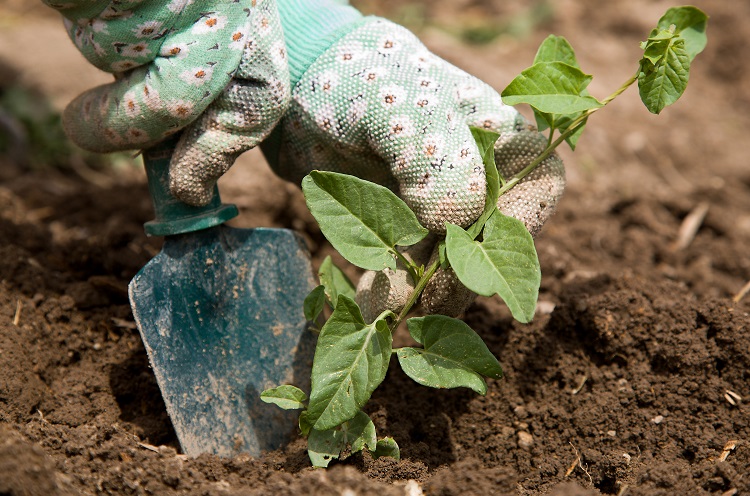
When gardening, you should opt for topsoil that isn’t too thick. While you might think it’s good to choose a thick topsoil that will retain water if the soil is too thick this will prevent air from getting to the plant roots.
Loamy topsoil is the best topsoil choice. It’s easy to till while promoting greater air circulation, and this makes it useful for growing a lush green lawn. The loamy soil should have a pH level of 5.5 to 7.0 in order to ensure a healthy garden.
If you’re growing crops, silt soil is a good choice. It’s more fertile than other soil types and it prompts air circulation as well as water retention.
Sandy topsoil is good for plants that love acidic conditions because it tends to be high in acid. Sandy soil has good drainage and doesn’t retain much water.
Whatever topsoil you’re using, you might have to mix it with fertilizer because it might not have all the nutrients your soil needs. Always do a soil test to find out the quality of the soil so you can be sure you’re benefiting your garden or lawn with it!
How To Spread Topsoil
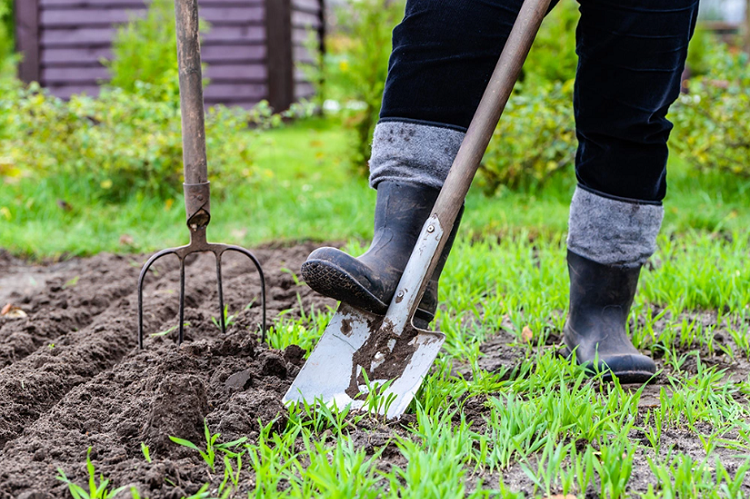
If you’ve got topsoil that you want to spread over the lawn or in the garden, you should do this in the following ways depending on how you intend on using it.
Important note: Before you add topsoil to the lawn or garden, make sure you use a dirt rake to remove large rocks and debris. Always make sure you spread the topsoil when it’s dry as this will make your task easier.
- Get the right tool. You can spread topsoil with a shovel in small areas. For larger areas, consider using a wheelbarrow or push spreader.
- If you’re top dressing your garden (you’re applying a thin layer of soil over the lawn), you can do this with a hoe or shovel. Break up chunks in the topsoil so that there are fine particles of it. Spread it over the soil with a shovel and apply dirt in thin layers that are no deeper than between a quarter-inch and half-inch. Never cover over half of the grass with topsoil as this will block out the sunlight.
- When applying topsoil to garden beds, apply a layer of it that’s about six inches deep. Spread it in two-inch layers with a dirt spreader or shovel. Use a hoe to mix the first layer of the soil into the top three inches of your existing soil. This encourages drainage.
Can You Apply Too Much Topsoil?

As we’ve seen in the previous section, the amount of topsoil you should add to your soil varies depending on whether you’re using it for your lawn or garden. More importantly than the quantity you add is that you work it into the existing soil well.
You should till it into the soil. If you don’t do this, the topsoil will produce problems for roots that are growing, bearing in mind that it’s very different from the existing soil.
The roots of plants will stop growing at the existing soil layer, thereby stunting their growth.
Related Questions
Should topsoil be black?
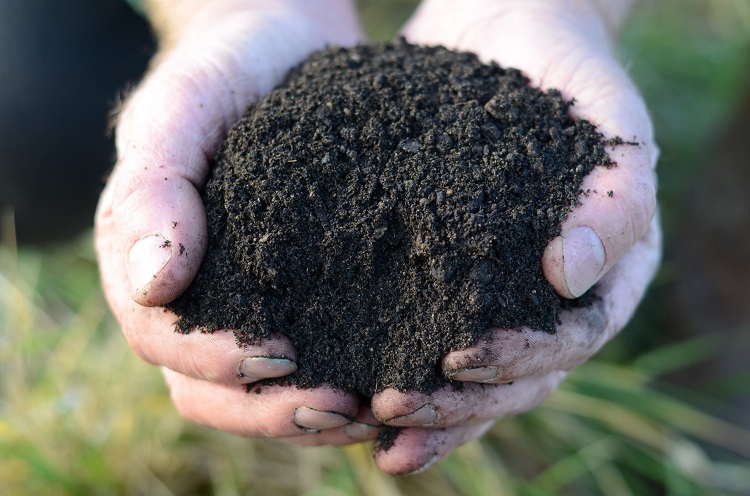
It’s a myth to think that very dark soil is healthy. Run your fingers through it. You should feel that it’s a bit gritty, as this shows that it contains minerals that are essential for plant growth.
Is topsoil better than mulch?
Mulch breaks down over time and becomes topsoil, but you should avoid using it instead of topsoil. It can, however, be used as an addition to topsoil. If the topsoil is uncovered, the rain could erode it so it’s a good tip to cover it with mulch.
Conclusion
If you want to improve the quality of your soil, choosing the right topsoil can be highly beneficial to encourage grass and plants to grow. In this quick guide, we’ve given you important information you should know about topsoil and how to spread it.
Resources:
